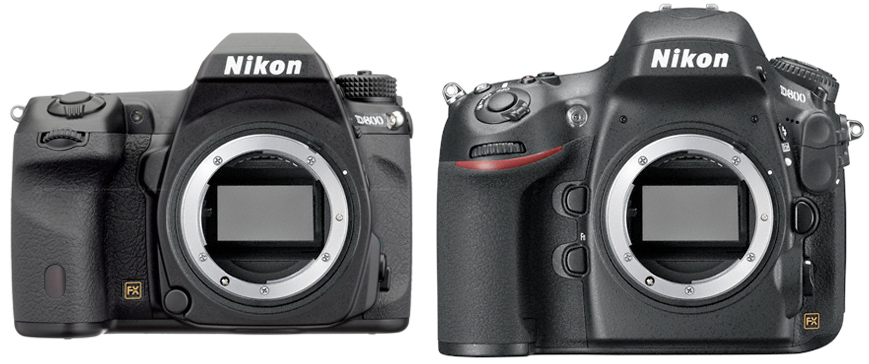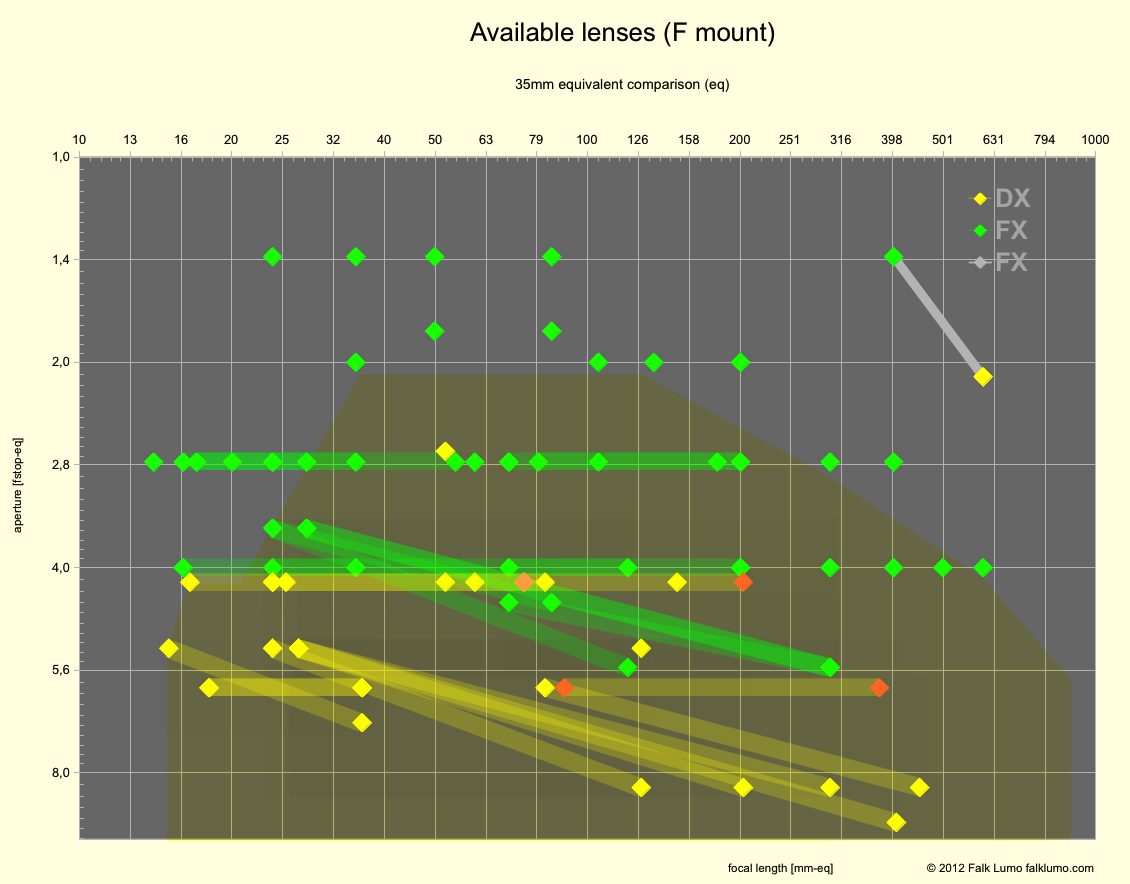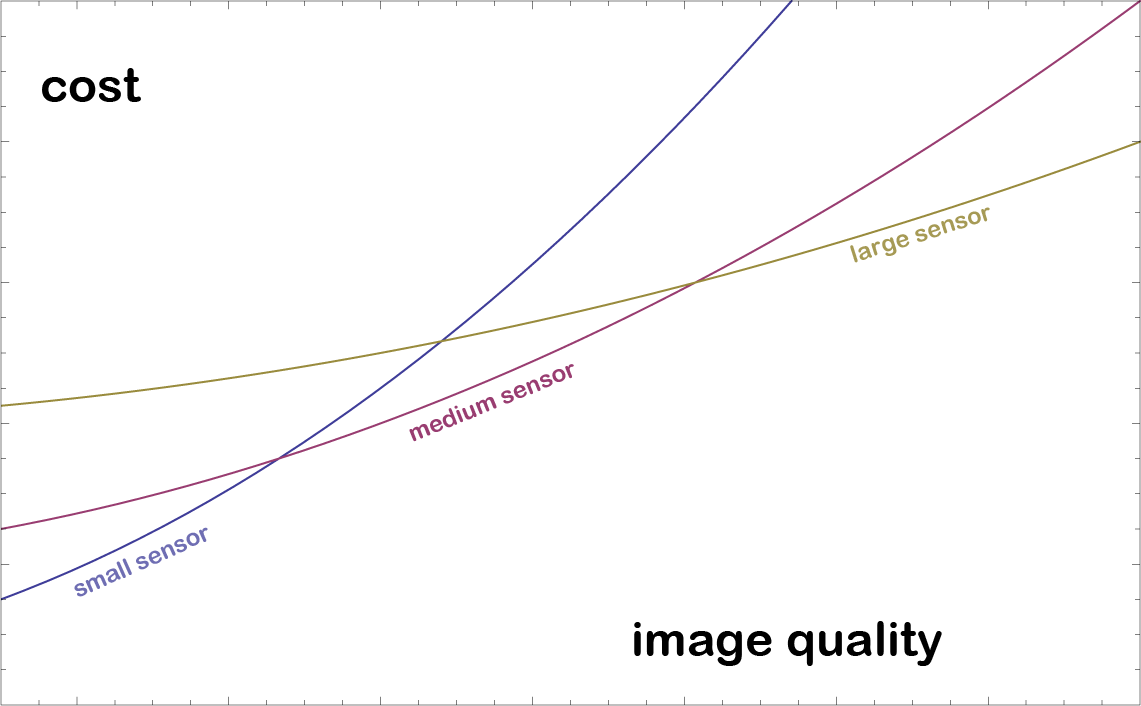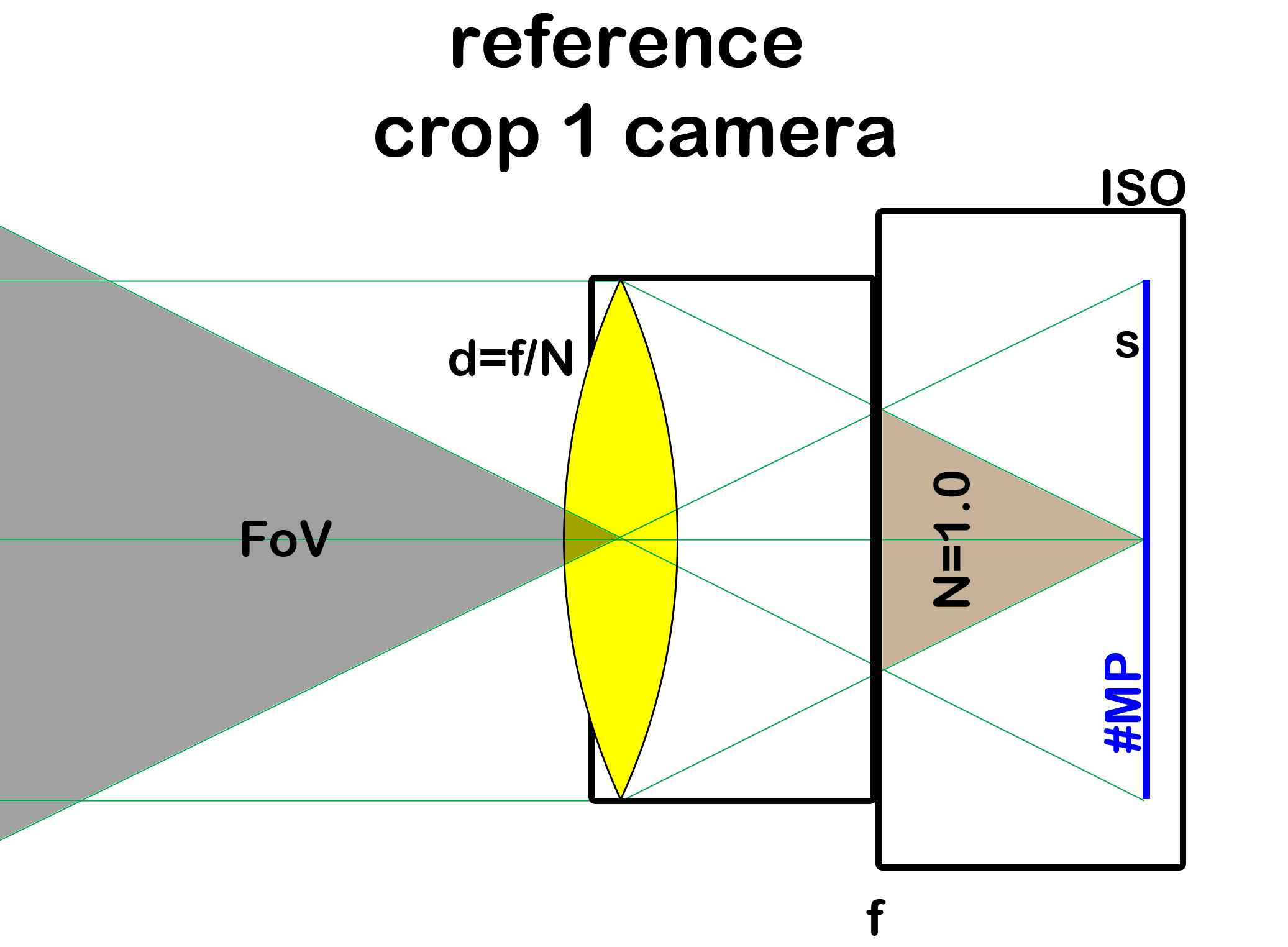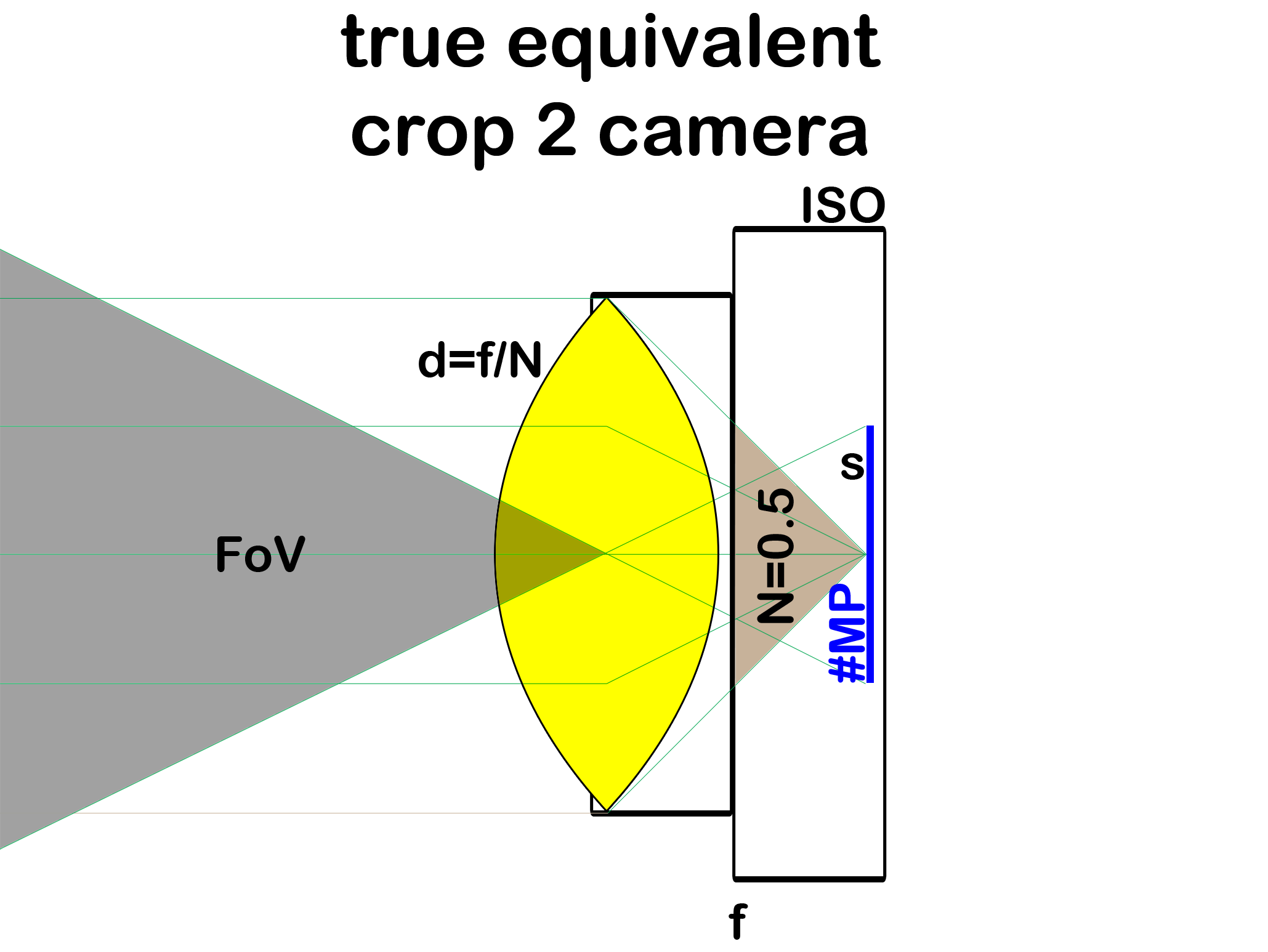Why "The iCamera"?
Because in my opinion, this term would best describe what this camera is all about. Camera? Yes, I consider the Nokia 808 Pureview to be a camera (which happens to have an embedded phone), not the other way round. Nokia may not like this perspective. Not yet. Further down, I am going to explain why it is such a great revolutionary camera. But first, let me explain why I call it the iCamera. And no, I will not say anything about the iCamera's embedded phone function. Please, refer to
Nokia for further details about the phone.
Remember the iPhone back in 2007? The year the 808 project was started? "It is an iPod, a phone, and an internet communications device". Some laughed at it, but it became the blueprint for almost every smartphone made since. And a big success. And what matters most: it came from a company who never did a phone before! Launched after years of hidden development.
Now, you have "a camera, a phone, and an internet communications device". Some laugh at it, but it may become the blueprint for almost every compact camera going to be made. It comes from a company who never did a camera before! Launched after years of hidden development.
Nokia may not realize what they did and actually may still screw it up. But if they play their cards right, they can create an entirely new market and rule it! A photography market. Just let's forget for a second that the 808 is also a phone. The iPhone is also an iPod. So what?
And so I call it
the iCamera.
Why is it revolutionary?
A product becomes revolutionary if it combines existing technologies in a way that the result leapfrogs several generations of competing products and seems to contradict common wisdom. The 808 does this. Let me explain in detail now.
First, let me classify the iCamera. You need to read my paper about camera equivalence though. You'll find it here:
It explains how to correctly compare cameras when they have different sensor sizes. The 808 is two different cameras at the wideangle and the long tele end. And another different camera in video mode. I give three 35mm equivalent cameras at both ends now (ISO are the minimum equivalent values), followed by 5 other cameras serving as a reference:
- Wide iCamera: 28mm/8 iso640 (38MP, 169g)
exact: 38.4 MP (4:3), 27.7 mm, F8.3, ISO 690 (crop 3.45)
- Long iCamera: 77mm/22 iso6400 (5MP, 169g)
exact: 5.0 MP (4:3), 76.6 mm, F22.9, ISO 5300 (crop 9.55)
- Wide video iCamera: 26mm/8 iso640 (HD, 169g)
exact: 2.1 MP (16:9), 25.7mm, F7.7, ISO 590 (crop 3.2 wrt 4:3)
- Apple iPhone 4: 29mm/22 iso4800 (5MP, 137g)
- Wide Olympus E-P3 + 14-42/3.5-5.6II: 28mm/7 iso400 (12MP, 481g)
- Long Olympus E-P3 + 14-42/3.5-5.6II: 84mm/11 iso400 (12MP, 481g)
- Wide Nikon D800 + 24-70/2.8G: 24mm/2.8 iso50 (36MP, 1800g)
- Long Nikon D800 + 24-70/2.8G: 70mm/2.8 iso50 (36MP, 1800g)
Please, refer to the
Nokia White Paper for the 808 specification and further details.
Even though the tele effect (Long iCamera) is achieved via simple cropping, it is equivalent to a different camera. Very much like a zoom lens which yields different focal lengths and apertures at both ends.
Equivalent means you should expect the same indistinguishable image quality from a full frame 35mm camera with the given specification. Please feel invited to read the paper above to understand the details (applies to Nokia employees too: please understand why your way to zoom via crop is
not equivalent to a constant aperture zoom).
In a nutshell: the above list allows for a direct, quick and no-nonsense comparison of available products.
And it shows that the iCamera is physically very close to a mobile smart phone (actually, Nokia says it is one) but its optical performance is rather close to a mirrorless system camera, only significantly bettered by a big full frame SLR with a fast lens.
So, in optical performance, the iCamera leapfrogs all mobile phone and P&S cameras, while in resolution, it additionally leapfrogs all mirrorless system cameras and even APS-C SLRs.
Of course, in order to make this claim, we have to check if the 808's lens is up to the task. So, let's refer to some sample images which have been published already
Image taken with the Nokia 808 Pureview (the iCamera). © 2012 Nokia (click to access original)
The above image is taken with the Nokia 808 Pureview (the iCamera). The image is mildly post-processed by me in a way typical for other photo cameras in JPG mode (the image is a bit sharpened and noise-reduced) to provide an easier reference for a direct comparison (the 808 seems to apply no or almost no post-processing to its results which is a good thing for photo enthusiasts).
The above image is an example of good image quality for a mobile phone or almost acceptable image quality one would expect from a system camera with a kit zoom. Most details are resolved but there remain a few sharpening/denoising artefacts.
So far, this is nothing spectacular or worth talking about.
But what if I tell you that the above is an 18x crop (1:1 or 100% crop) taken from the following image?
Image taken with the Nokia 808 Pureview (the iCamera). © 2012 Nokia (click to access original)
The above is the full and same image as shown above! Only resized to the typical web size. And now and immediately, you may understand why the iCamera is like no other camera before!
The Zeiss lens
Moreover, this example clearly shows that the lens is up to the task and able to resolve the incredible resolution of the sensor. Closer inspection of the original images reveals even the corner resolution is good even if it doesn't fully resolve the sensor, still beating most other available cameras in the corner. A more complete analysis was done by Werner Ruotsalainen:
Nokia 808 resolution tests. He concludes that even the smaller 5 MP images from the 808 beat 10 MP images from a P&S in resolution! And there are reasons to believe this to be true.
But how can a mobile phone lens resolve such tiny detail? Good question. As I explain in my paper about camera equivalence, it becomes increasingly harder to resolve many pixels when shrinking the sensor size.
But famous lens maker Zeiss did an incredible job solving this problem: By glueing 5 lenses together into one group, all having aspherical surfaces and one using ED glass, they created a lens with unprecedented optical performance and very tight manufacturing tolerances. The problem is larger than it appears: The lens aperture is only 3.34mm while the image circle 8mm further down the optical axis is a whopping 12.5mm, almost 4x the aperture. If the aperture were as large as the image circle, this would be an f/0.6 lens! So, the lens elements nearer to the sensor are larger than they appear when looking at the camera front. Such a lens must be mounted to the sensor assembly on extremely tight tolerances or it is decentered. We have to keep in mind that the iCamera's lens is diffraction-limited at F2.4! Nokia uses a live manufacturing method where live view from the camera is used to fine calibrate the lens when assembling the sealed camera module. That's fairly innovative by itself and definitely virgin territory. This method won't work for an interchangeable lens camera. More on this below.
UPDATE 2012, March 5:
Today more information about the lens was made available by Nokia and Zeiss.
The lens is depicted in the image above and as it said in the source, it is made from a special plastics rather than glass. This is only possible for small lenses like the one in the 808 but has the advantage that much more complex surfaces can be made to precision. That seems to be part of the recipe how to achieve the high optical performance despite the small footprint. END OF UPDATE.
So, we conclude that the optical performance figures are hard to believe but they seem to be real.
But this isn't everything yet. We saw that the wide iCamera is equivalent to a camera with rather low ISO setting. So, it should have good dynamic range. And indeed, this seems to be true. I treated the above image in an HDR manner and came up with the following result:
Image taken with the Nokia 808 Pureview (the iCamera). © 2012 Nokia (click to access original)
The above is is still the same image as shown above! But now we used the iCamera's dynamic range to heavily boost shadows to illuminate the black regions of the original image. That's not normally possible with images from mobile phones.
The reason why this works is that the iCamera has a large sensor, much larger than mobile phones or P&S cameras. It is almost as large as the sensor in the mirrorless Nikon 1 system cameras. The equivalent camera parameters express this as an equivalent ISO value of 640 which is known to be good enough to have enough headroom for extending an image's dynamic range (like I did above).
I hope that all the text above answered the question why the iCamera is indeed revolutionary.
One more thing ...
It wouldn't be
The iCamera if there wouldn't be one more thing ... :)
All still photo cameras have the problem that the sensor has many more pixels than there are in HD video. But it is hard to read out all pixels of a still image (10 MP or more) 24, 25, 30 or even 60 times a second. Therefore, still cameras only read a small fraction of its pixels to make the video stream, known as subsampling or line skipping. The effect is a significant degradation of image quality in video mode: there is noise, line flicker, color moiré and the result is no match for HD content produced with so called 4k cameras or cameras with supersampling such as the Canon C300. Such cameras cost $15,000 or more (a notworthy exception is the Panasonic GH2 though which made it the camera of choice for serious video work on a budget).
And what shall I say? The iCamera does it too, not supersampling 8MP (C300) or 16MP (GH2) but supersampling all 33,593,616 pixels (16:9) 30 times every second! That's one billion pixels the iCamera processes every second. In a mobile phone. This is crazy!
As a consequence, the wide iCamera could have the same good low light capabilities in video mode as the legendary Canon 5DmkII which does line skipping, but without the Moiré and line flicker problems.
And because no graphics processor (GPU) obviously can handle this data rate (otherwise, HDSLRs would be able to do it too), Nokia designed a special chip (the scaling processor) which sits in the camera module between the sensor and the GPU. And Toshiba managed to make a sensor which can output the equivalent of 8 GBit/s. So, there is a large CMOS sensor, a scaling processor, a graphics processor and the ARM CPU chewing each others output to get the job done.
The people behind
Nokia was kind enough to emphasize the role of three persons in this project:
I believe that the creation of the iCamera was driven by opportunity rather than strategic planning. Nokia decided to give engineering green light to pursue the project and see where it leads to. And I guess they are
still watching. The Nokia press conference only "mentioned" the 808. And that's the real difference between the iCamera and the iPhone: the iCamera isn't top-level driven, it is not born out of vision from the leaders. It is born out of engineering vision and often, this is not enough.
So, here is my humble advice to Nokia managers who are only watching the 808:
Implications
The iCamera is such a groundbreaking device that Nokia must no longer consider themselves a phone maker.
The iCamera is such a groundbreaking device that Nokia must no longer consider themselves a phone maker.
( I said it twice on purpose.) Like the iPhone made Apple drop the "Computer" in "Apple Computer", Nokia may consider to drop the "Phone" in their brain. They may continue building great phones just like Apple continues to build great computers. But now, they have to become a camera maker and whatever this leads to. Nokia engineers may have understood it already: They provide a tripod mount and a decent camera user interface.
It is useful to consider what the iCamera could be in another form factor (less phone like) and to remember that interchangeable lenses wouldn't necessarily deliver (cf. above). The "lens module" concept then comes to mind. Where a lens module is exactly what the camera module is in the 808: A
sealed module containing lens
and sensor. And therefore, a system camera would become:
A mirrorless interchangeable module camera (MIMC).
Nokia wouldn't be first (Pentax Ricoh Imaging with their GXR line is first). But an 808-based MIMC would be the first camera where this concept actually makes sense: Because it delivers a level of performance not possible otherwise. And at an attractive price point considering the Nokia 808 minus the phone isn't more expensive than a system camera's lens.
Nokia could create the future and dominant kind of camera market between the phone and 35mm full frame system cameras. And they could reestablish a European camera industry just like Apple revitalized a dying US phone industry. There are good cooperation partners to the task, like Zeiss or Leica. Nokia may even consider to make a GXR module to test the waters.
Anyway, personally I plan to release more parts to this article after I got the chance to run some laboratory tests. It will be exciting to see what all of this leads to.
Enjoy your iCamera.







